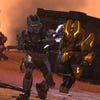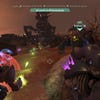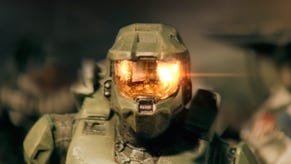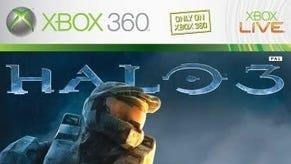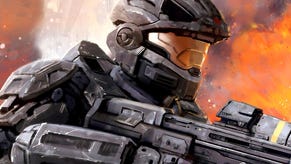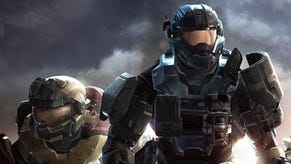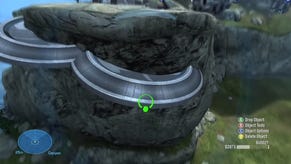Halo: Reach
Who's laughing now?
"You are a cybernetic warrior in the future." Who can forget the words of Bungie, introducing Halo during the first Xbox E3 press conference in 2001? And, oh, how we sneered. Could you make it sound any more generic? What's that? You're "fighting with a small group of human soldiers against the group of aliens"? Next!
It's easy to forget just how hostile the reaction from a great many was to Microsoft joining the console market back then. And so, like a textbook study in confirmation bias, detractors seized on every word of that uncertain E3 debut and spat it back in the face of this hubristic American interloper.
In the case of Halo: Combat Evolved, neither Microsoft nor Bungie helped the cause with a disastrous live demo of the game on the show floor, the code possessed of a framerate so appalling it should never have been allowed anywhere near the press.
You don't need me to fill in the rest of the story. Suffice to say, nine years on and one of the most successful franchises not just in gaming, but all entertainment, is now so synonymous with Xbox that there's a limited edition console coming that plays actual Halo sound effects.
Dear cybernetic warrior in the future: I'm sorry.
Thoughts turn to Halo's (Xbox) origins as Bungie nears the end of its long journey through the universe. Reach, of course, is the studio's Halo swansong as it flees Microsoft's nest and heads out into the less certain world of multi-platform, new-IP development.
As community manager Brian Jarrard walks the press through the latest demo, we learn just how close to the end we are. "The game's going into certification this week," he says. "Things are winding down very quickly."
In what's likely to be our final good look at the game before the review stage, we're served a hands-on with new multiplayer maps and modes and a detailed look at Forge World; given an early glimpse of the stunning new trailer; and, best of all, guided through the opening 15 minutes of the Campaign.
Firefight we've seen before, and it stands proud on the main menu screen alongside Campaign, Matchmaking, Custom Game, Forge and Theater. Jarrard is keen to highlight the "incredible amount of customisation options" in Firefight, and takes us through a range of them to prove the point.
The composition of squads can be defined (all Hunters, all Elites and so on); what comes in the initial wave; which skulls are activated. Three custom skulls can be created from scratch, with traits that can be made to apply to a specific squad. Jarrard suggests doubling shield strength or running speed - or the negative opposites - as examples.
Next, we're shown how AI behaviour can be tweaked, right down to what Bungie calls, delightfully, "shootiness". Settings for this are Normal, Marksman and Trigger Happy, self-evidently determining how often and how accurately AI will fire at you.
In a twist to the standard Firefight formula, a Versus option has been added where players take runs as Spartans and Elites, switching at the end of each round. And two further new Firefight modes are available to try out: Rocket Fight and Gruntpocalypse.
As you might imagine, the former arms everyone with a rocket and infinite ammo and the experience is as raucous, breathless, ludicrous and cathartically entertaining as it sounds. Gruntpocalypse, meanwhile, is enormous fun. You must defend against wave after unremitting wave of beefed-up Grunts, which, at point of expiry, burst into a fluttering cloud of confetti and the sound of children cheering.



